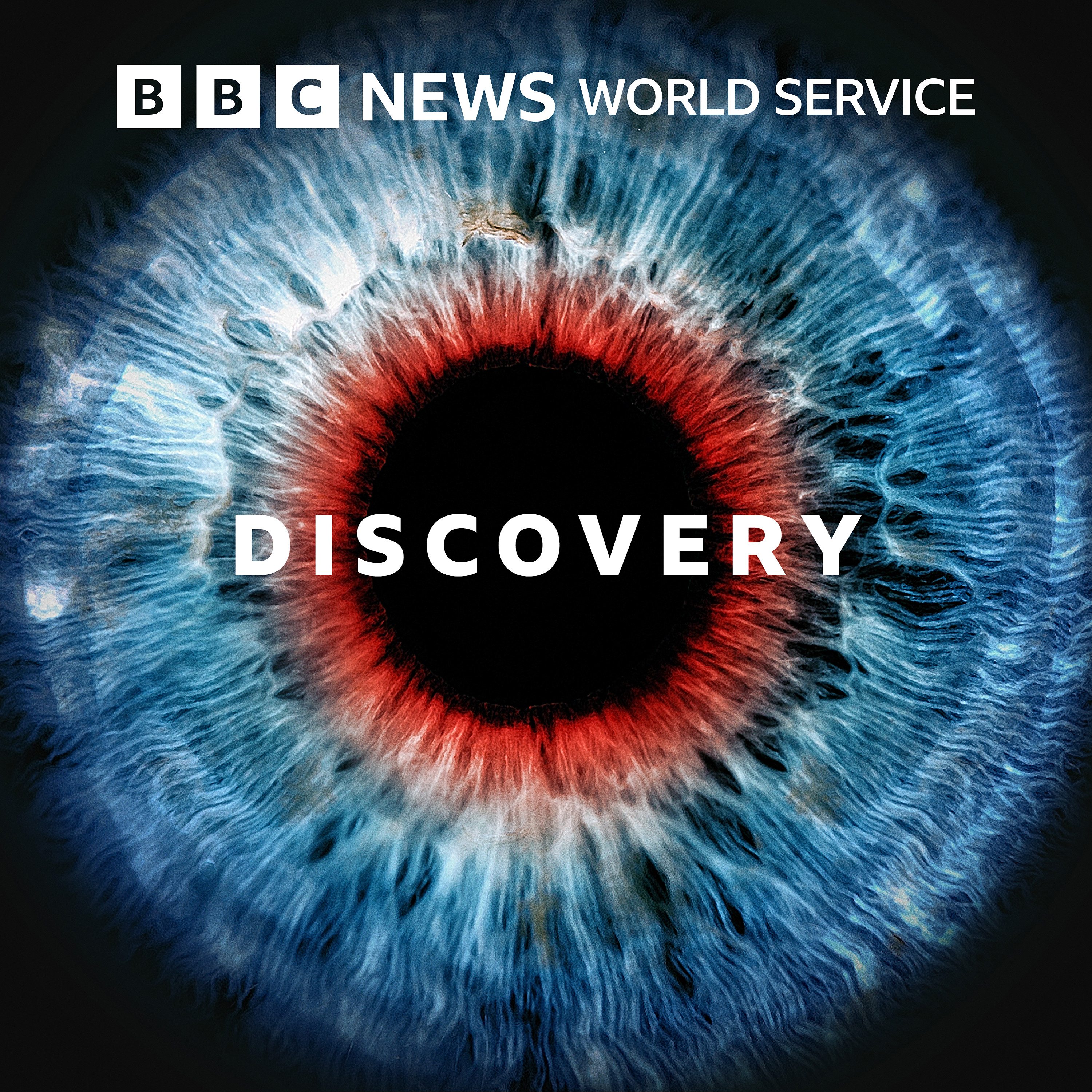
Discovery
May 18, 2020
Andrea Sella, Professor of Inorganic Chemistry at University College London, celebrates the art and science of chemical elements. In this episode he looks at two elements we have valued for millennia – gold and silver.
Nina Gilbey at the London Jewellery Workshop teaches him how to work the metal and make a silver ring, and Rupert Cole, Curator of Chemistry at the Science Museum, shows him the handiwork of silversmiths who fashioned an elaborate microscope for King George the Third and a silver thimble that was used (with some zinc and a few drops of an acid) to generate an electric current that was sent through a transatlantic telegraph cable in 1866. And Andrea finds out about silver's anti-bacterial properties from Jean-Yves Maillard, Professor of Pharmaceutical Microbiology at Cardiff University.
For the Egyptians gold was the ultimate symbol of wealth, power and eternal life. For this reason they buried their Pharaohs with extraordinary amounts of gold artefacts. As a noble metal, gold doesn’t tarnish which added to its status and association with the sun god Ra and the afterlife. Andrea talks to Professor Marcos Martinon-Torres of Cambridge University at an exhibition of Tutankhamun’s riches, and to Professor Lynne Macaskie of Birmingham University about ways to recycle gold from our electronic waste using bacteria. The method offers a greener way to satisfy our lust for gold.
Picture: Gold and silver bracelets, Credit: krfletch/Getty Images

